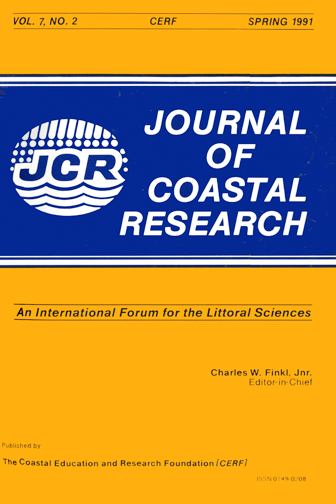Buried Late Pleistocene Fluvial Channels on the Inner Continental Shelf off Vengurla, West Coast of India
Keywords:
Buried channels, inner shelf, sea-level fluctuations, subsurface reflectors, Pleistocene sediments, Holocene sedimentsAbstract
Analysis of echosounding, side-scan sonar and shallow seismic data collected west of Burnt islands off Vengurla, west coast of India, revealed a featureless seabed, thicknesses of subsurface layers, and presence of buried channels filled with sediments. Cross sectional dimensions between 15 to 100 m width and 2 to 6 m depth suggest a fluvial origin of the channels. These buried channels appear to mark former positions of rivers flowing from the nearby coast and debouching into the Arabian Sea. These features, which formed during the late Pleistocene, are at approximately the same depth below the seabed. The seismic data suggest that depositions of this system occurred during eustatic sea-level fluctuations and formed an important part of shelf stratigraphy.


